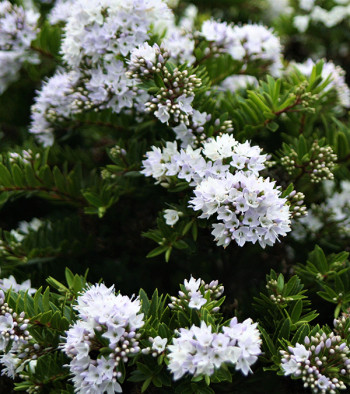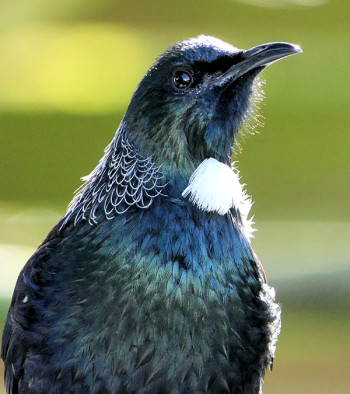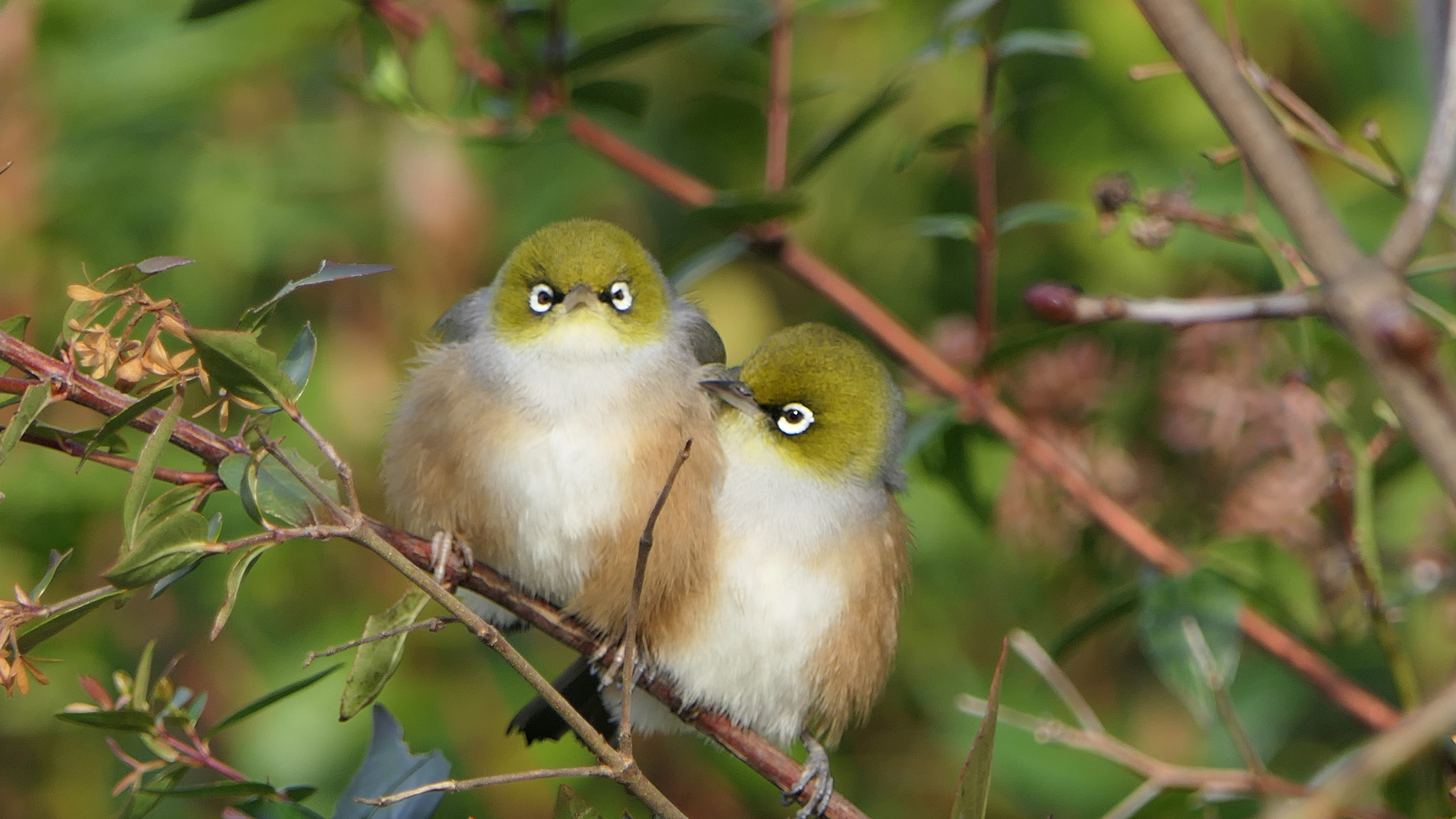Nature’s role in a resilient future
 The Waikato region supports a rich diversity of native plants, animals and unique ecosystems, including wetlands, geothermal areas, forests, rivers, lakes and coastal habitats. Despite this ecological wealth, biodiversity in the region is in decline. Pressures such as land use change, invasive pests and disease, pollution, habitat loss and modification as well as climate change are driving biodiversity loss.
The Waikato region supports a rich diversity of native plants, animals and unique ecosystems, including wetlands, geothermal areas, forests, rivers, lakes and coastal habitats. Despite this ecological wealth, biodiversity in the region is in decline. Pressures such as land use change, invasive pests and disease, pollution, habitat loss and modification as well as climate change are driving biodiversity loss.
Biodiversity is essential to our wellbeing. It helps clean our water, recycles nutrients, provides food and protects us from flooding. It also strengthens our resilience to climate change and supports our economy and cultural identity. Therefore, protecting and restoring biodiversity is not just about conservation – it’s an investment in our future.
The Waikato Regional Biodiversity Strategy offers an opportunity to bring people together under a shared vision, with clear goals and coordinated action to protect and restore biodiversity in the region at a landscape scale. By aligning efforts across iwi, landowners, councils, government and non-government organisations as well as communities, we can be more effective in protecting our natural environment and the taonga within them.
What is biodiversity and why does it matter?
Biodiversity is the variety of life that surrounds us, from plants and animals to the ecosystems they live in and the connections that bind them together. It includes everything from forests and oceans to all the different taonga species within these environments and the relationships between them.
When ecosystems are healthy and diverse, they’re more resilient to change and better able to support life. The services that healthy ecosystems provide benefit everyone in the Waikato region, helping us adapt to climate challenges and sustain our way of life.
In te ao Māori, biodiversity is deeply rooted in whakapapa, the genealogy that links people, land, water and all living things. This worldview reminds us that the wellbeing of people and te taiao, or the natural world, are inseparable. So when we care for the environment, we care for ourselves and future generations.
Why develop a biodiversity strategy for the region?
Nature is calling
Indigenous biodiversity in the Waikato region is in a critical state. Native species, habitats and ecosystems – once abundant – are under growing pressure from land use changes, invasive species, waterway modification and climate impacts.
Much of our native vegetation has been lost, especially in lowland areas, and many of our native species are under threat, including those found nowhere else but in our region. Remaining
habitats face pressure from pests, weeds and development. Wetlands have been heavily modified and many lowland waterways are struggling to support healthy ecosystems. Native fish movement in some areas have also become restricted and marine environments are feeling the strain with key habitats vulnerable to environmental and human impacts.
Key legislative and strategic drivers
The council has statutory responsibilities to enhance and protect nature and biodiversity, complemented by a range of non-statutory strategies and plans that support biodiversity management across the Waikato region.
How will the biodiversity strategy be developed?
 Reversing biodiversity loss isn’t a quick fix and it can’t be solved by any one group alone. It requires long-term commitment and collaboration across communities, iwi and hapū, landowners, agencies and individuals. By working together, we can harness diverse perspectives, knowledge and resources to address shared challenges and create lasting solutions.
Reversing biodiversity loss isn’t a quick fix and it can’t be solved by any one group alone. It requires long-term commitment and collaboration across communities, iwi and hapū, landowners, agencies and individuals. By working together, we can harness diverse perspectives, knowledge and resources to address shared challenges and create lasting solutions.
In the coming months, we’ll be seeking feedback to shape a biodiversity strategy that reflects iwi Māori and community aspirations, upholds Te Tiriti o Waitangi and responds to the unique needs of the Waikato region. Meaningful engagement will be key to ensuring the strategy is inclusive and grounded in local knowledge.
Our goal is a shared, unified strategy that protects and restores our natural environment while resonating with the people who live here. By listening, learning and working together, we can create a living strategy that evolves over time and supports a thriving and resilient natural environment for generations to come.
Waikato Biodiversity Accord
Developed in 2024, the Waikato Biodiversity Accord is a key first step toward developing the biodiversity strategy. This high-level, non-statutory agreement brings together iwi and key stakeholders with a shared commitment to develop and implement a regional biodiversity strategy.
Join the Accord and get involved in bringing the biodiversity strategy to life.
Iwi environmental management plans
The environmental management plans of various iwi within the Waikato region highlight a commitment to restoring and protecting indigenous biodiversity through traditional knowledge and modern scientific methods.
The information shared in these plans will serve as a foundation for kōrero with iwi and hapū as the biodiversity strategy is developed.

